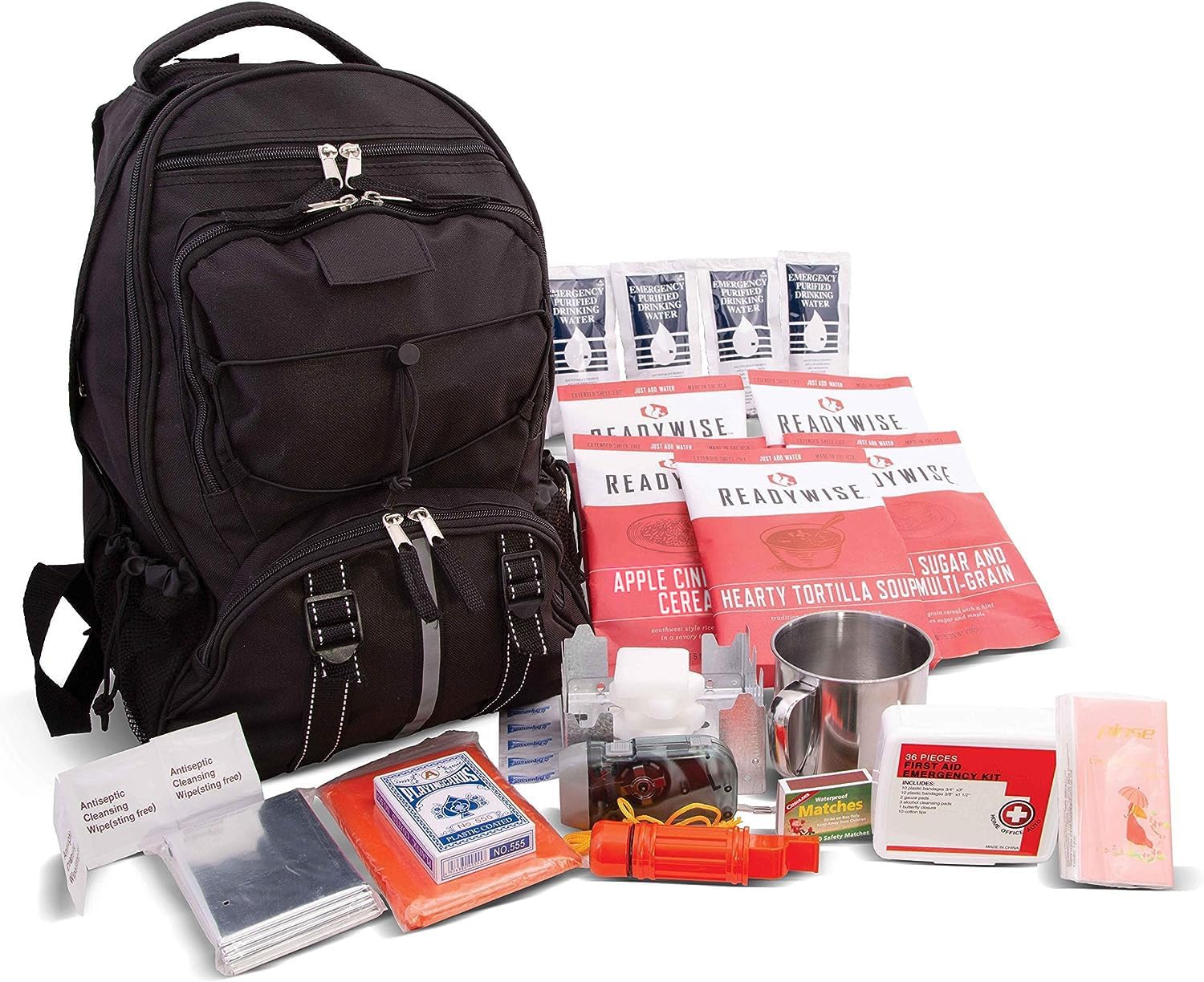In an unpredictable world, being prepared for unforeseen emergencies is not just a good idea; it’s a necessity. Whether you live in an area prone to natural disasters, political instability, or simply want to be ready for any unexpected event, a bugout bag (BOB) is an invaluable asset. This article will guide you through building a bugout bag and what essential items should be included in it to ensure you’re ready to face emergencies head-on.
The Purpose of a Bugout Bag (BOB)

A bugout bag, sometimes called an emergency go-bag or 72-hour kit, is a carefully curated collection of supplies and equipment designed to help you survive and thrive in the initial stages of an emergency or disaster. The primary purpose of building a bug-out bag is to provide you with the means to evacuate quickly and sustain yourself for up to 72 hours, although it can be adapted for longer duration if necessary.
Here are some common scenarios where a bug-out bag proves its worth:
- Natural Disasters: Earthquakes, hurricanes, floods, wildfires, and other natural disasters can disrupt your daily life and force you to evacuate your home.
- Civil Unrest: Political instability, riots, or other forms of civil unrest may necessitate a hasty departure to ensure your safety.
- Power Outages: Extended power outages due to storms or grid failures can leave you without essential services for days.
- Vehicle Breakdown: If your vehicle breaks down in a remote area, your BOB can provide you with the necessary supplies until help arrives.
- Lost or Stranded: If you become lost or stranded during outdoor activities like hiking or camping, your BOB can be a lifeline.
What to Include in Your BugOut Bag
Creating a well-rounded bugout bag requires careful consideration of your personal needs and the specific risks you may face. While the contents may vary, here is a list of essential items to include:
1. Water: Carry at least one liter of water per day for drinking and basic hygiene. Consider portable water purification methods like filters or purification tablets.
2. Food: Non-perishable, high-calorie, and easy-to-prepare foods such as energy bars, canned goods, and freeze-dried meals. Don’t forget a manual can opener.
3. Shelter: A compact and durable shelter like a tent, tarp, or emergency blanket to protect you from the elements.
4. Clothing: Pack weather-appropriate clothing, including durable footwear, rain gear, warm layers, and extra socks and underwear.
5. First Aid Kit: A well-stocked first aid kit with essential medical supplies and medications.
6. Tools: Multi-tool, knife, flashlight, extra batteries, and fire-starting tools like waterproof matches or a firestarter.
7. Communication: A battery-powered or hand-crank emergency radio, whistle, and a way to charge your phone, such as a solar charger or power bank.
8. Navigation: Maps of your local area, a compass, and a GPS device.
9. Personal Documents: Copies of important documents (ID, passport, insurance, and medical records) in a waterproof container.
10. Cash: Small denominations of local currency and coins for emergency expenses.
11. Hygiene and Sanitation: Basic toiletries, personal hygiene items, hand sanitizer, and garbage bags for waste disposal.
12. Self-Defense: If legally allowed and appropriate for your situation, consider personal defense items like pepper spray or a small firearm.
13. Entertainment and Comfort: Items to keep you occupied and boost morale, such as a book, playing cards, or a family photo.
14. Personal Needs: Any specific items you or your family members require, such as prescription medications, baby supplies, or pet necessities.
This pre-built bag makes a great starting point for most people. It is well stocked with the basics, and you can easily expand for your needs.

Conclusion
Remember to periodically review and update the contents of your bug-out bag to ensure everything remains in working order and meets your current needs. Additionally, consider the season and environment you live in when selecting clothing and gear.
Building a bugout bag is an investment in your safety and peace of mind. User our handy checklist to build your own bugout bag. By taking the time to create a well-prepared BOB, you increase your chances of staying safe and comfortable during unexpected emergencies, allowing you to focus on what matters most—your well-being and that of your loved ones.



